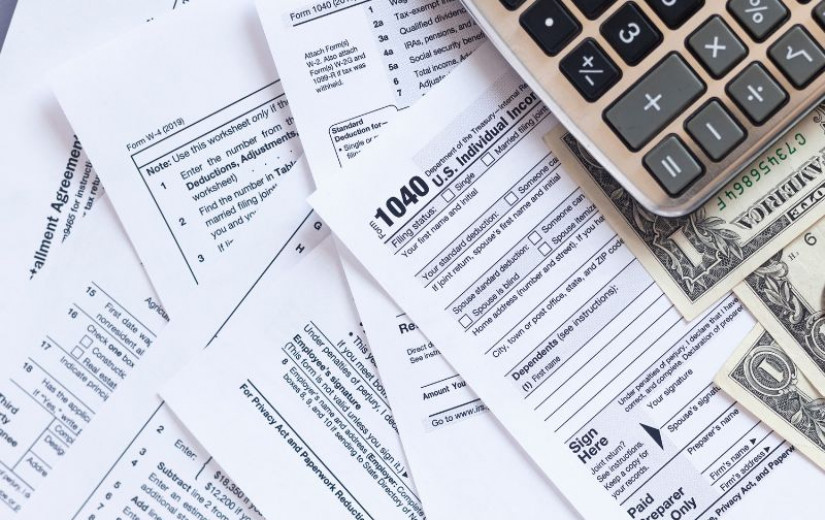
What would the world GDP in 2040 be if there were 10 billion humanoid robots?
Assuming the robots were 4 times as productive as humans. There would also be 3 billion robotaxis and robotrucks making transportation 10 times cheaper and 2-3 times faster for ground transportation. There would be global 6G space communication via satellites, a 3-fold increase in energy, and superintelligent AI with ample training data from robots and vehicles.
Current Baseline
As of 2024, the global GDP is approximately $100 trillion. Without the transformative technologies mentioned, GDP might grow at a historical rate of 3% per year. Over 16 years (2024 to 2040), this would yield:
GDP2040=100×(1+0.03)16 which is about 100×1.605
160.5 trillion dollars
Impact of Humanoid Robots
The scenario includes 10 billion humanoid robots, each 4 times as productive as a human. The current global workforce is about 3.5 billion people. If each robot’s productivity is equivalent to 4 humans, 10 billion robots would provide:
10 billion×4=40 billion human-equivalent worker
This is over 10 times the current workforce. However, effective productivity gains may be lower due to coordination overheads and diminishing returns. Let’s conservatively assume each robot effectively contributes 2-3 times a human’s productivity in practice, still resulting in a massive boost—equivalent to 20-30 billion human workers. If an average human worker contributes roughly $50,000 to GDP annually,
this could add:
10 billion × 2 × 50,000 = 1 quadrillion dollars
to annual GDP, though integration into the economy would moderate this figure.
Impact of Robotaxis and Robotrucks
Three billion robotaxis and robotrucks make transportation 10 times cheaper and 2-3 times faster. Transportation costs currently account for about 10% of global GDP ($10 trillion).
Reducing this by a factor of 10 saves:
10 trillion×(1−110) = 9 trillion dollars
These savings could be reinvested, boosting economic activity. Faster transportation also increases the efficiency of goods and people movement, potentially amplifying commerce velocity by 2-3 times, further enhancing GDP.
Impact of Space Communication
Global 6G satellite communication would provide ultra-fast, ubiquitous connectivity. This could enable new industries (e.g., real-time global data services) and improve existing ones (e.g., remote work, IoT). While hard to quantify precisely, this might add 1-2% to annual GDP growth by fostering innovation and efficiency.
Impact of Energy Increase
A 3-fold increase in energy availability supports the operation of robots, vehicles, and communication systems. While it doesn’t directly increase GDP, it removes energy constraints, enabling the full potential of other technologies. Its economic impact depends on cost and sustainability, which we’ll assume are managed effectively.
Impact of Superintelligent AI
Superintelligent AI, trained on vast data from robots and vehicles, could drive breakthroughs in science, automation, and optimization. This might accelerate productivity across all sectors, potentially adding 5% or more to annual growth. Its exponential potential is a wildcard, making conservative estimates challenging.
Estimating GDP Growth
Without these technologies, GDP grows at 3% annually. Let’s estimate additional growth from each factor:
Humanoid robots: +5% annual growth (conservative, given their scale).
Robotaxis and robotrucks: +3% (from cost savings and efficiency).
Space communication: +1% (connectivity boost).
Superintelligent AI: +5% (innovation and optimization).
Energy: Supports growth without directly adding to the rate.
Total additional growth: 5% + 3% + 1% + 5% = 14%.
Combined with the baseline 3%, this suggests a 17% annual growth rate:
GDP2040=100×(1+0.17)
Calculating:
(1.17)16 ≈ 10.79
Rounded for simplicity, this is approximately 1.1 quadrillion dollars.
Constraints
A 17% annual global growth rate is unprecedented—modern economies rarely exceed 5-10% even during rapid development. Sustaining this for 16 years assumes no major constraints (e.g., resources, environmental limits, social disruption from automation). The assumption of 10 billion robots by 2040 also implies a manufacturing and deployment scale far beyond current trends, as does superintelligent AI within 16 years. A more conservative scenario (e.g., 1 billion robots, slower AI progress) might yield $300-500 trillion.
Quadrillion Prediction
Under the specified conditions, the world GDP in 2040 could reach approximately 1.1 quadrillion US dollars. This reflects a speculative, optimistic scenario where all technologies are fully realized and integrated, driving extraordinary economic expansion. Note that such a future might redefine economic metrics like GDP, as traditional measures may not fully capture value in a robot- and AI-dominated world.
The world GDP in 2040 could be around 1,100,000,000,000,000 US dollars (1.1 quadrillion).
This would be over two and a half economic GDP doublings more than what would normally be expected.
10 billion humanoid bots, robotaxi and robotrucking can give us a level 2 or level 3 technological singularity.
17% per year GDP growth would be doubling the world economy every 4 years. The world has been doubling every 25 years.
I think the extra doubing approach is far more useful than the Kardashev scale or other past approaches.
Kardashev scale
Amount of energy used
Type 1- Solar energy reaching a planet (2×10^17 watts)
Type 2- Energy of our Sun (4×10^26 watts)
Type 3 – Energy of our Galaxy (4×10^37 watts)
Doublings and Doubling times are the keys to meaningful and useful long-run development measurement.
33 Doublings in population from the first person to today.
Normal economic doubling for the past 100 years and the expected levels to 2100.
Doubling every 25 years for last 100 years
WW2 had 15 times less steel and oil. Four doublings of key materials used globally.
World if PPP doubling every 25 years til 2100
$220 trillion (2011 dollars) in 2045. [$24k per person]
$440 trillion (2011 dollars) in 2070
$880 trillion (2011 dollars) in 2095.
Meaningful Technology Acceleration is Extra doublings.
Acceleration adds more doublings
Level 1 Extra double 2020-2045 : $440 trillion PPP GDP by 2045 [$50k per person]
Level 2 Extra 2045-2070: $1760 trillion PPP GDP by 2070 [$176k per person]
Level 3 Extra by 2095 $7040 trillion by 2095 [$700k per person]

Brian Wang is a Futurist Thought Leader and a popular Science blogger with 1 million readers per month. His blog Nextbigfuture.com is ranked #1 Science News Blog. It covers many disruptive technology and trends including Space, Robotics, Artificial Intelligence, Medicine, Anti-aging Biotechnology, and Nanotechnology.
Known for identifying cutting edge technologies, he is currently a Co-Founder of a startup and fundraiser for high potential early-stage companies. He is the Head of Research for Allocations for deep technology investments and an Angel Investor at Space Angels.
A frequent speaker at corporations, he has been a TEDx speaker, a Singularity University speaker and guest at numerous interviews for radio and podcasts. He is open to public speaking and advising engagements.








